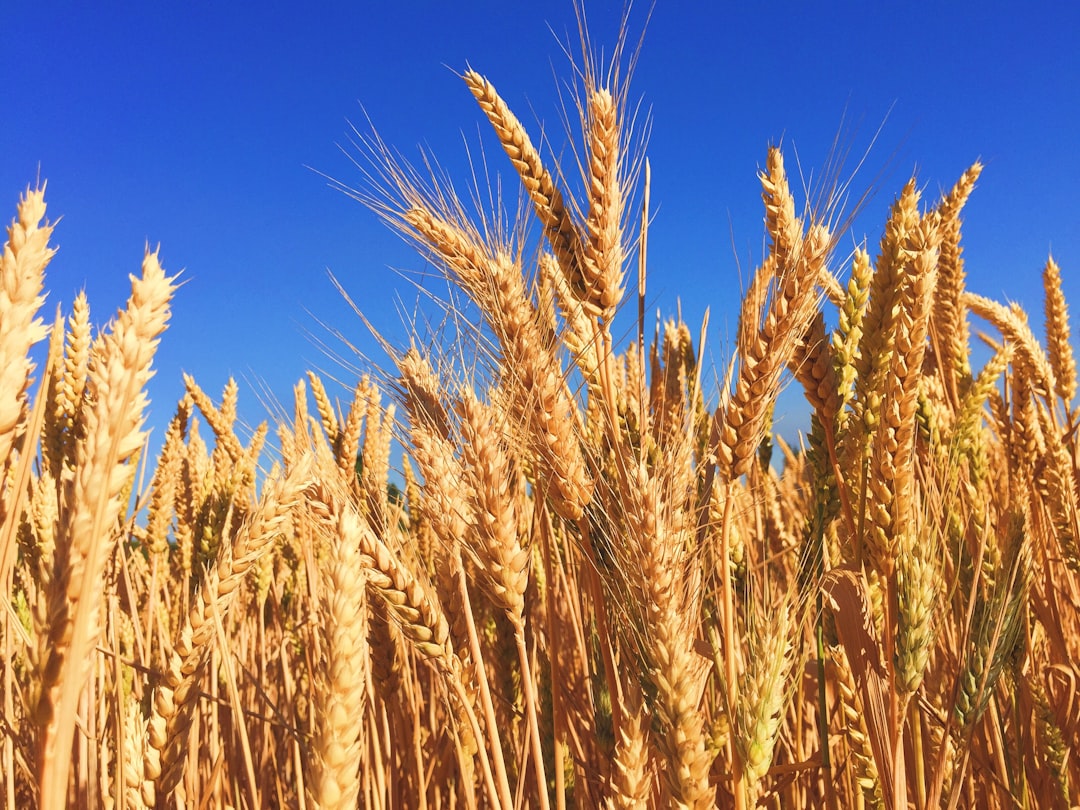What is it about?
Regenerative Agriculture is gaining more attention in academic and mainstream literature as the agricultural solution to global challenges of land degradation, climate change, and biodiversity loss. There is no commonly accepted definition for the term so far, but many farming practices can be associated with it. In this paper we study regenerative agriculture with different combinations of management practices on 23 fields and gardens on Gotland. The management practices included reduced tillage, application of organic matter, livestock integration, crop diversity, and share of legumes and perennials. To assess the impact of the combinations they were related to a variety of soil health indicators including biological, physical and chemical parameters. Generally, we found that increased application of regenerative practices resulted in a positive impact on soil health. More specific, we found that the addition of organic amendment had a positive effect on structure, carbon and water parameters (bulk density, active carbon, total organic carbon, C:N ratio, wet aggregate stability, and infiltration rate), as well as reduced tillage in combination with increased share of perennials had a positive effect on soil structure (vegetation density, root abundance and depth, and wet aggregate stability).
Featured Image

Photo by Irene Dávila on Unsplash
Why is it important?
Land degradation, greenhouse gas emissions, and biodiversity loss are some of the largest challenges we face as humanity today. While agriculture is a major contributor to these issues, the potential to not only mitigate the consequences but also regenerate soil health, carbon sequestration and the ecosystem needs to be thoroughly investigated. Regenerative agriculture has a core focus on restoring soil health with the co-benefit of climate change mitigation. Soil health defined as “the continued capacity of the soil to function as a vital living ecosystem that sustains plants, animals and humans” is key for local and global food security, and SOC is a central factor for sustainable maintenance of soil health. Increased carbon in the soil creates better structure for plant growth, nutrient supply, water holding capacity, microbial life, and has the potential to sequester carbon from the atmosphere. All of these are important factors to create long-term food security with potential co-benefits of climate change mitigation and biodiversity restoration. This study is the first to find evidence that adapting regenerative practices on Gotland soil can improve soil health and thus CC resilience. It is important to keep in mind that, no one specific set of practices or meaningful definition can be made to address all challenges alike and the option for contextualization and local adaptation in new policies is imperative.
Read the Original
This page is a summary of: The potential of regenerative agriculture to improve soil health on Gotland, Sweden, Journal of Plant Nutrition and Soil Science, October 2022, Wiley,
DOI: 10.1002/jpln.202200200.
You can read the full text:
Contributors
The following have contributed to this page










